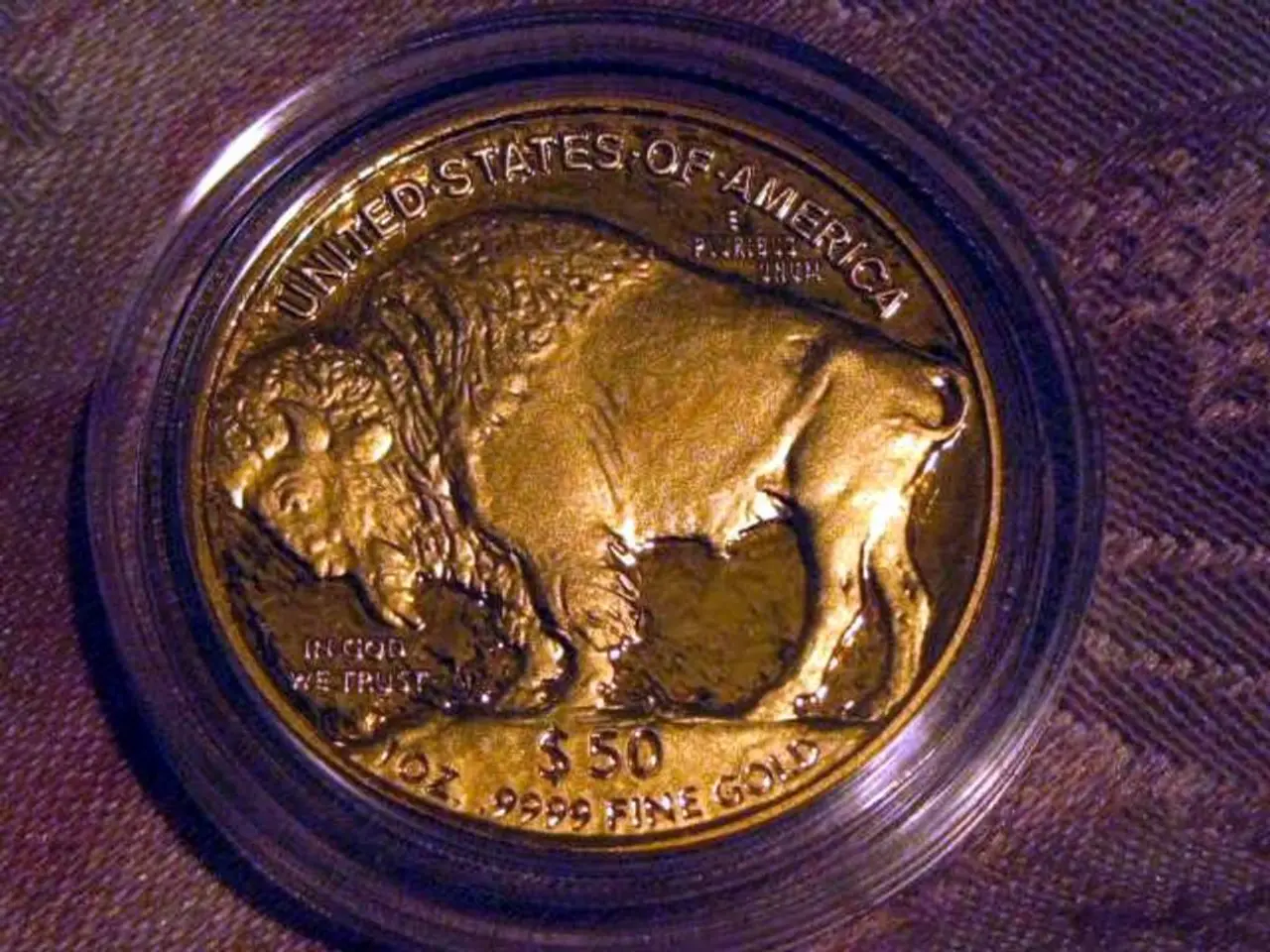Dollar's future on the line?
The US dollar, long considered the bedrock of global finance, is facing a significant reassessment as alternative currencies gain traction. Jens Søndergaard, among others, sees the US's ability to lead and the world's trust in it as key factors in the dollar's future.
According to Christopher Smart, managing partner of Arbroath Group, digital assets pose a geopolitical risk accelerant, intersecting with political populism and weakening trust in institutions, particularly in the US. This shift in assumptions that once underpinned the dollar's dominance is making resilience being redefined, and the focus is shifting towards alternatives.
One such alternative is the euro, currently the second most used reserve currency (about 20% of global foreign reserves). The EU’s recent issuance of jointly-backed debt and potential fiscal integration or introduction of a digital euro could enhance its attractiveness. However, the lack of a unified treasury, a deep liquid European bond market comparable to U.S. Treasuries, and political uncertainty across eurozone countries limit the euro’s potential to fully challenge the dollar's dominance.
Another potential alternative is the BRICS currency or basket, proposed by the BRICS countries (Brazil, Russia, India, China, South Africa) to facilitate trade and reduce reliance on the dollar. However, experts cite challenges including structural monetary policy weaknesses and lack of robust central banks within BRICS nations, making such a currency infeasible in the near term.
Decentralized digital currencies also present a long-term, complex alternative, but face significant structural hurdles. Proposals include blockchain-backed currencies and mechanisms to increase alternatives like Eurobonds as a safe-haven asset, aimed at reducing exposure to any single national currency’s monetary policy.
Historically, gold remains a fallback reserve asset, offering a non-sovereign alternative.
Mark Sobel cautions against writing off the dollar too quickly, suggesting that short-term market movements are being mistaken for structural change. On the other hand, Aaron Hurd argues that the era of high returns from unhedged dollar exposure is over.
The OMFIF Bulletin brings together perspectives on this reassessment of allocation strategies due to trends affecting the dollar's dominance. Pierpaolo Benigno and Edoardo Reviglio argue that there may be a window for the euro to rise, but only if Europe delivers on meaningful institutional reform.
Meanwhile, Jesper Koll, global ambassador and expert director, Monex Group, Japan, argues that a weaker yen, shifting geostrategic dynamics, and a more confident stance from domestic leadership are putting Japan back in the spotlight.
In summary, although the dollar remains the dominant global reserve currency, there is growing interest in alternatives. The euro is the most viable traditional currency contender if the EU enhances fiscal integration and bond market liquidity. BRICS and decentralized digital currencies present more long-term, complex alternatives but face significant structural hurdles.
- The understanding that the US dollar's dominance might be challenged is leading to a reassessment in global finance, as alternative currencies gain traction.
- Jens Søndergaard, among others, believes that the US's leadership and global trust in it are crucial factors affecting the dollar's future.
- Digital assets, according to Christopher Smart, pose a geopolitical risk accelerant, potentially weakening trust in institutions, particularly in the US.
- The EU’s jointly-backed debt issuance and potential fiscal integration or digital euro could make the euro more appealing as a reserve currency, but its lack of a unified treasury and political uncertainty across eurozone countries limit its potential.
- The BRICS currency or basket, proposed by the BRICS countries, could facilitate trade and reduce reliance on the dollar, but experts cite challenges such as structural monetary policy weaknesses and lack of robust central banks.
- Decentralized digital currencies represent a long-term, complex alternative, but face significant structural hurdles, such as lack of compared liquidity to US Treasuries and institutional support.
- Gold remains a non-sovereign fallback reserve asset, offering a safe-haven option in global finance.




